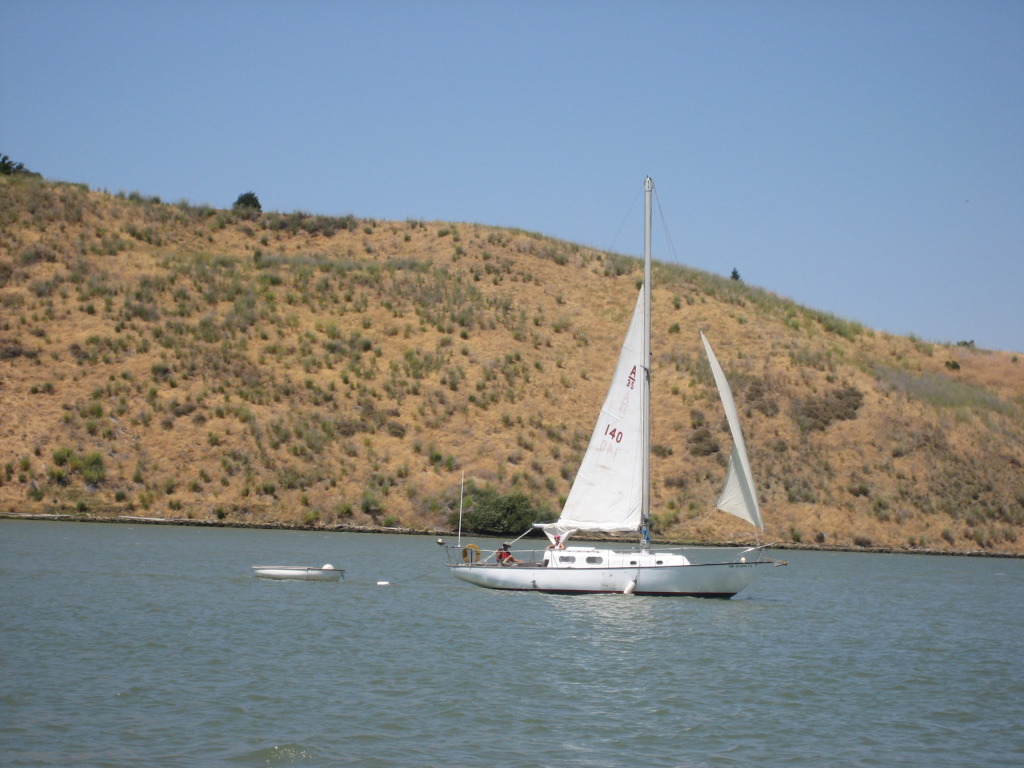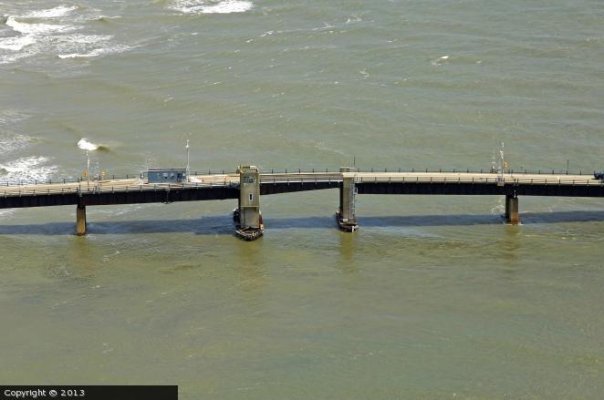
That sounds like a good plan. I have an 18' Egret that I'll be towing. Can you elaborate on the "I have a spindle spliced into the skiff end of the lines and use a big carabiner. A loop spliced in on the other end." If possible photos would be great. I appreciate your help.
Sorry I don't have a pic, but I will try to elaborate.
I put an eye splice in the end of the line that attaches to the big boat, make sure it is big enough to easily fit over/around your stern cleat as it can be tougher to tie and untie under some tension.
On the other end I spliced in a spindle, which is one of those almost closed "C" shaped metal things like is spliced into the end of an anchor line. It keeps the the 'biner from chafing through the line.
Good avice on being careful with a carabiner. Make sure you get big ones with a high load rating. Mine actually have locking gates.
I haven't had an issue with needing stretch, but I could see how that would help. I learned this system from a buddy who runs a 70' American Yacht Sport fish. He tows a 26' center console and behind that an 18' Egret, same as your skiff. (really nice boat BTW).
I agree the bow eye is probably fine to tow from, but I like the redundancy. Also, you can adjust one line or another if for some reason you wanted the boat to tow a little different. Perhaps in a side sea.
No way in hell will you flip the Egret. You could possibly stick the bow and fill it with water, but it won't flip.
I trim my motor up so the skeg is just a little under the water, then make sure the motor is straight. I can tow fine at up to 15 knots this way, which is as fast as my mainship goes. The American Yacht tows at up to 32 knots like this, but he does have twin tow eyes on the Center console.
Most of the time I tow at hull speed. At 8 knots in up to 4' seas (worst I have towed in) the deck of my action craft stays dry.
Good luck. I may see you in the OWW. We are leaving on 9/22, will be going through on the 22nd and 23rd.
Doug



